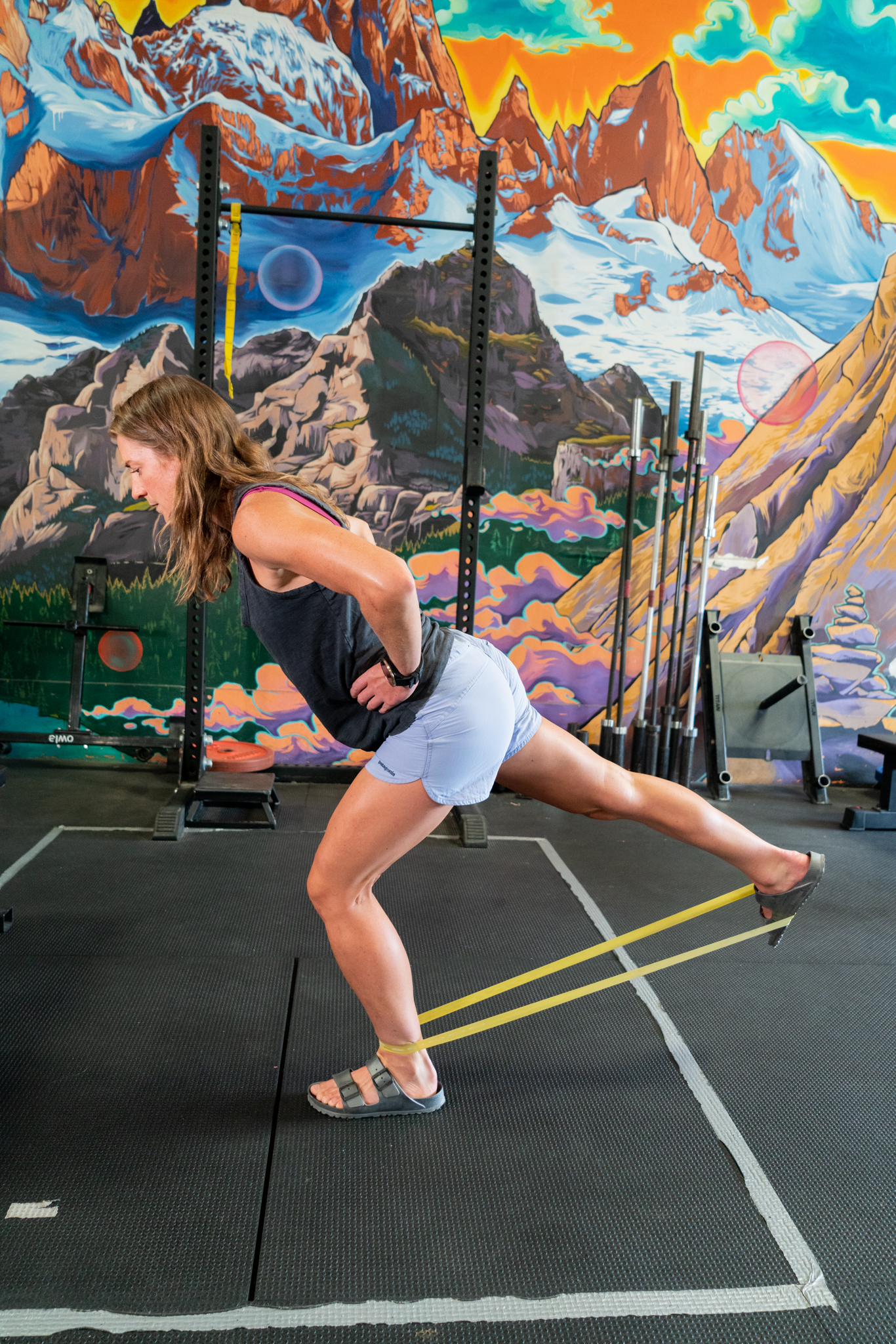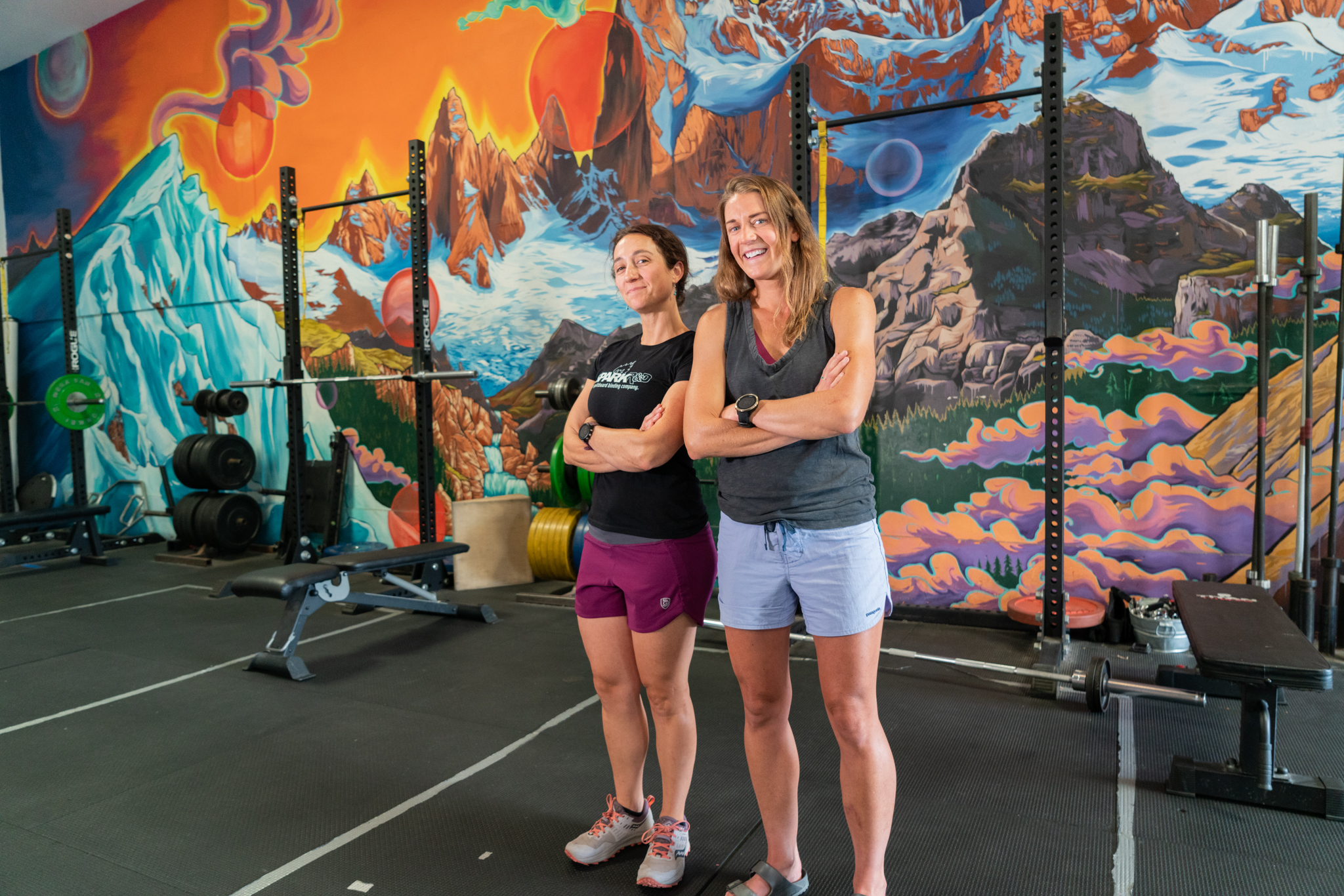- GEAR
- SPARE PARTS
- Backcountry Kit
- Pro Backcountry Kit
- Binding Hardware Kit
- Pro Binding Hardware Kit
- LT Bracket
- Snap Block
- ST Bracket
- T1 Heel Rest
- Ankle Buckle
- Toe Buckle
- Ankle Ladder
- Toe Ladder
- Ankle Adjuster
- Toe Adjuster
- Vert Pucks
- Stainless Steel Pin
- Mini Puck Alignment Guide
- Puck Alignment Guide
- Spark Skin Trimmer
- BINDING TECH
- FAQs
- DEALERS
- TEAM RIDERS
- CONNECT
- ABOUT US
- CONTACT US

Dedicated to pushing innovation in splitboarding since 2006.
866.725.2085
Email: sales@sparkrandd.com
Spark R&D
P.O. Box 3284, Bozeman, MT 59772 USA
Split Fitness: Functional Training for Splitboarding
Forward: Becca Ritter
It’s happened to all of us at some point. We get hyped for a day in the mountains, skin a long approach, look up at our objective and think – I’m already tired. It’s certainly happened to me and has been my motivation to do pre-season functional fitness training for the last several years. This has really treated me well both on and off the mountain.
With the season fast approaching, I wanted to share some of what I have learned about training with you, so you can have a long, injury-free, and ambitious season. However, I am not qualified to give you any advice, so I asked my friend Emily Kipp at The Mountain Project, my local gym here in Bozeman, to share some of her knowledge with us.
Words: Emily Kipp
 Mental fortitude and capacity of strength and sustainability are important traits that help create successful human-powered mountain endeavors. We’re looking for durability and confidence! We want that feeling of being strong no matter how hard or long we go.
Mental fortitude and capacity of strength and sustainability are important traits that help create successful human-powered mountain endeavors. We’re looking for durability and confidence! We want that feeling of being strong no matter how hard or long we go.
How do we experience such notable feelings without getting injured? We train. We train our bodies, and we train our minds. Aside from simply getting out there, gaining experience, and pushing ourselves, functional training is a major asset in this. Let me tell you about that, and how it relates to splitboarding.
Functional training is a way to get stronger using purposeful movements specific to your sport. It involves increasing strength, endurance, mobility, and stability. The importance of functional training is:
- Longevity – Life is short! Do what you love for as long as you can.
- Injury Prevention – Just stating the obvious, but it’s hard to do something you love when you’re in pain or on the couch recovering. Increasing muscle strength around your joints protects them from harm.
- Enjoyment – When you’re not concerned about how tired you are, you can spend time being playful and enjoying your surrounding environment.
- Performance – It allows you to perform at a high level, and even competitively if that's your thing.
Let’s take a closer look at the different facets of functional training related to splitboarding and how they can be applied. We can break up a typical long day in the mountains into the uphill and downhill portions.
THE UPHILL
When it comes to skinning uphill, you need strength, mostly on the posterior chain of the body: calves, hamstrings, and glutes. Strong hips and inner thighs are helpful as well. Targeting these muscle groups for strength is a good starting point. Here are some exercises that will help:






There is also an endurance phase on the uphill that can’t be ignored. Training the cardiovascular system for a lung-busting burn is essential. Two activities that will help that don’t require a gym are:
- Long, slow days of hiking or running with elevation gain. The longer you can be on your feet in the mountains, the better. (3-5 days/wk). We have some good info on aerobic training in our Split Fitness blog from a few years ago.
- Shorter, interval-based days to give you the cardiovascular foundation to allow for continuous banter with your friends on the uphill. (1-2 days/wk). We have some good info on interval-based training in our Aerobic Split Fitness blog and our Strength Training blog.
THE DOWNHILL
For the downhill, it’s time to focus on your core as well as all-around stability. You will encounter a lot of variable snow conditions in the backcountry. Having a strong core and working on single-leg strength will help keep you stable and balanced during your descent. Here are a couple of exercises for these focus areas:




Video: Functional Fitness Exercises
People often ask how many days a week they should be utilizing functional training? How far ahead of the season should they start? And, how much cardio training they should be doing?
These are all great questions to be thinking about as you prepare for the splitboard season or really any mountain endeavor that you will be engaging in. I tell people to shoot for six functional training sessions a month, so about one and a half times a week if you want to break it down like that. Starting six months out is great if you’re looking to be in peak condition. But for most people, starting three full months before the season will get you strong and ready to crush. And lastly, for cardio, you should be doing quite a bit. Splitboarding is aerobically demanding so you should be getting in multiple runs, hikes, or bike rides throughout the week to get your cardiovascular system ready for those long ascents.
So, as we prepare for an amazing winter ahead, I recommend utilizing functional training as a tool to be stronger and more durable, which will translate into having more fun! You will set yourself up for your best season yet.
Full Sample Video of a Splitboard-Specific Functional Fitness Workout
Click below to download the sample functional fitness splitboard-specific workout from the video above. If you like this, and are looking for a season-long training program, they have an online ski/snowboard course that starts in September.
 My name is Emily Kipp. I am a professional fitness coach and manage a gym-like facility, called The Mountain Project, located in Bozeman, MT. We facilitate functional training for mountain aspirations. I have a degree in Exercise Science, a nutrition certification, and am a lifelong mountain athlete. I never thought I’d work in a gym as a career. However, my science background combined with the time I spent honing a functional training regimen for the mountains led me down this path and career. When I’m on a mountain mission, I often feel invincible, fast, strong, and graceful - this is powerful and something I enjoy sharing with others.
My name is Emily Kipp. I am a professional fitness coach and manage a gym-like facility, called The Mountain Project, located in Bozeman, MT. We facilitate functional training for mountain aspirations. I have a degree in Exercise Science, a nutrition certification, and am a lifelong mountain athlete. I never thought I’d work in a gym as a career. However, my science background combined with the time I spent honing a functional training regimen for the mountains led me down this path and career. When I’m on a mountain mission, I often feel invincible, fast, strong, and graceful - this is powerful and something I enjoy sharing with others.
-
 Read more +
August 7, 2024 By Dan Ventura in Fitness / Training, Homepage
Read more +
August 7, 2024 By Dan Ventura in Fitness / Training, Homepage
Split Fitness with Mobility Duo
-
 Read more +
September 15, 2023 By Dan Ventura in Fitness / Training, Team Spark
Read more +
September 15, 2023 By Dan Ventura in Fitness / Training, Team Spark
Interview with Laura Hadar: Split-Fitness through work and 14ers
-
 Read more +
July 8, 2022 By Dan Ventura in Fitness / Training
Read more +
July 8, 2022 By Dan Ventura in Fitness / Training
Split Fitness: Summer Activities to Help you Prepare for the Splitboard Season





